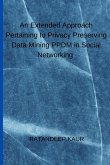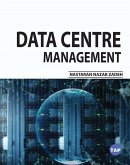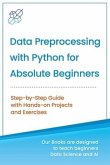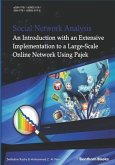Today, there is an increasing demand for data integration and analytics due to the availability of records in multiple databases. There is necessity to match and link data among variety of data sources such as hospitals, banks, insurance agencies, government agencies, etc. for mutual benefits, integration and analysis purposes. Often the records that correspond to the same entity from these sources are matched and integrated. It will enrich data with additional valuable information and allow data analyses that are impossible on individual databases. This integrated data can be further published and utilized for research and providing high quality services. However, given the personally identifying information about the individuals and sensitive nature of data, privacy of data is a serious concern during record matching. The presence of erroneous identifiers makes record matching complicated. Hence, it needs approximate matching to find similarities between the same person records. As the databases contain personal identifiers and sensitive data, there is a requirement for protecting privacy of individuals. For privacy preserving record linkage (PPRL), Bloom filter encoding is one of the current state of art technique to encode sensitive information while still enabling approximate matching of attribute values. The Bloom filter encoding techniques were found to be promising technique for privacy preserving record linkage. The various attack methods and hardening methods for Bloom filter encoding has been studied. The Bloom filter encoding hardening techniques enforce increased privacy against attacks, but with the reduction in linkage accuracy. The attack method V found to be more successful to correctly re-identify attribute values as compared to previous attack methods I to IV. Each of the Bloom filter based hardening technique has their own strengths and weaknesses. However, most of the bloom filter based PPRL techniques suffer from re-identification attacks and faces challenge of achieving trade-off between privacy and accuracy during secure record linkage. Thus, an enhanced privacy preserving technique is introduced to provide better security during record matching. It performs better than Bloom filter-based encryption techniques with respect to re-identification of attributes values. Moreover, to improve the linkage accuracy, the two-factor encoding for PPRL is proposed. It provides greater precision, recall and f-measure in comparison to basic Bloom, balanced Bloom and cellular automata based PPRL techniques. Additionally, the similarity matching strategy is designed for secure record linkage to increase accuracy using suitable combinations of attributes.







